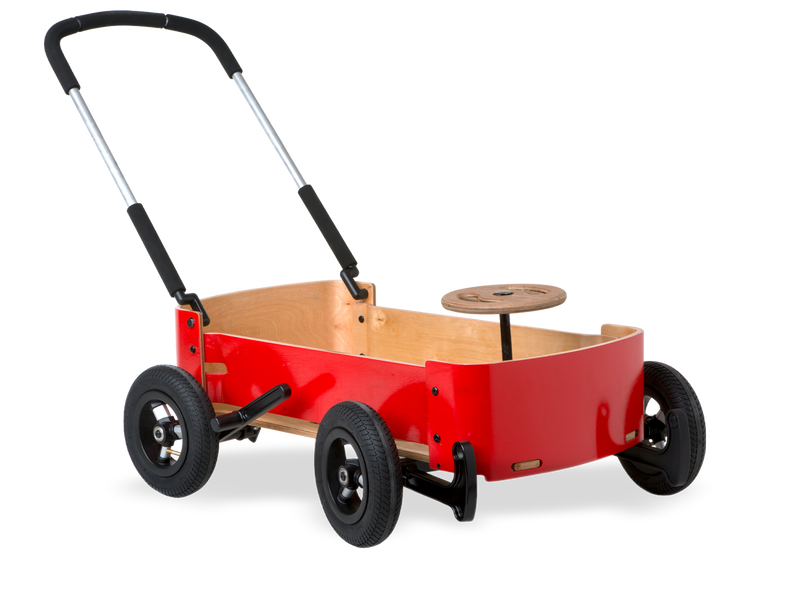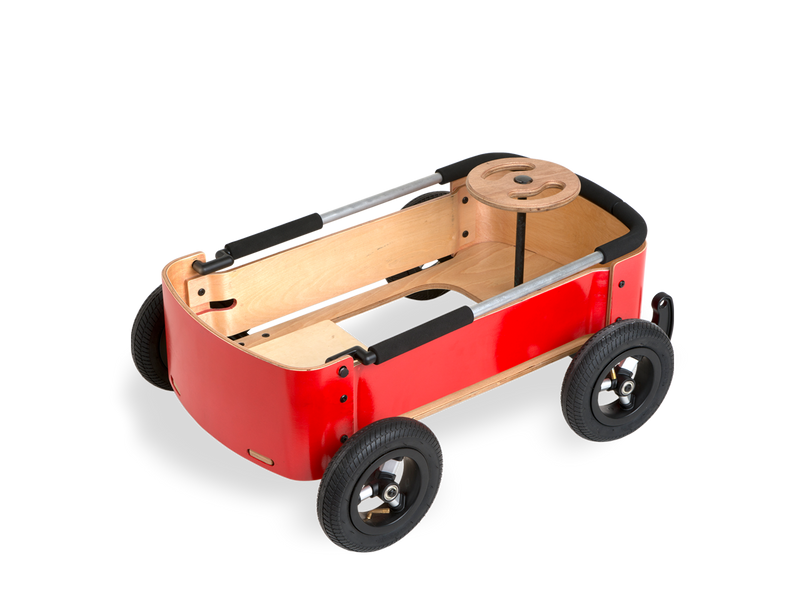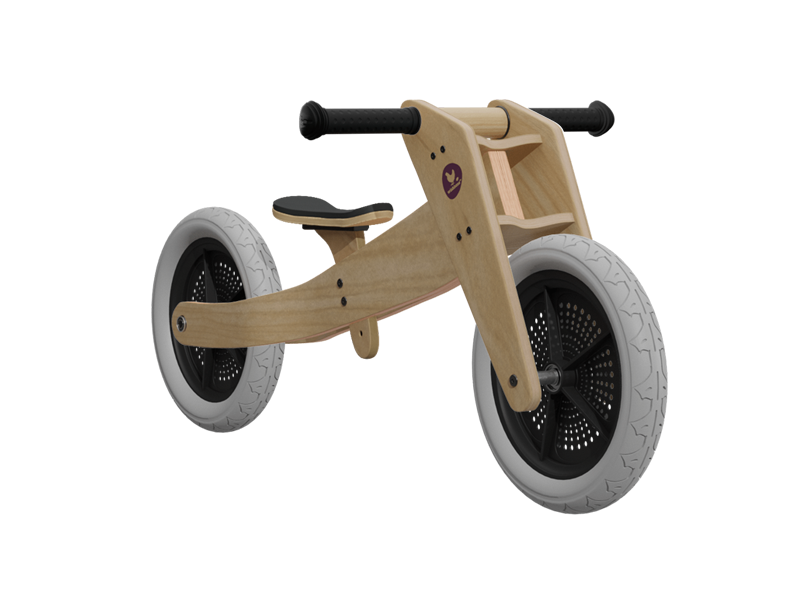
good materials
Living on planet Earth is like living on a spaceship - with finite food and resources we must know what we have and plan how to reuse it. Forever.
so what is a good material?
Let's begin by debunking the idea that paper - or even wood - is always better than plastic. In fact, it all depends on the function you have in mind and which type of paper or plastic you choose.
Here are three basic principles when looking for good materials:
Principle 1: Know precisely which materials are in your product or component
Principle 2: Choose safe materials from a sustainable source that are fit for purpose
Principle 3: What's the plan to reuse it again and again forever?
For designers applying Circular Economy principles, selecting 'safe and circular' materials is possibly the most important, and tricky, thing we do. That's because, as it turns out, chemistry is super important and we didn't pay enough attention back when we should have...
There are three steps to implement principle 1. List all the parts in a product, list all the materials in each part, then list all the chemicals in each material. Got it? Not so easy, right... We have a couple of strategies to cope with this overwhelming task. Use an RSL - that's a restricted substances list for your suppliers and testing labs identifying which materials you simply won't accept. We're also focused on materials we use in the largest volumes, because, well, one needs to begin somewhere.
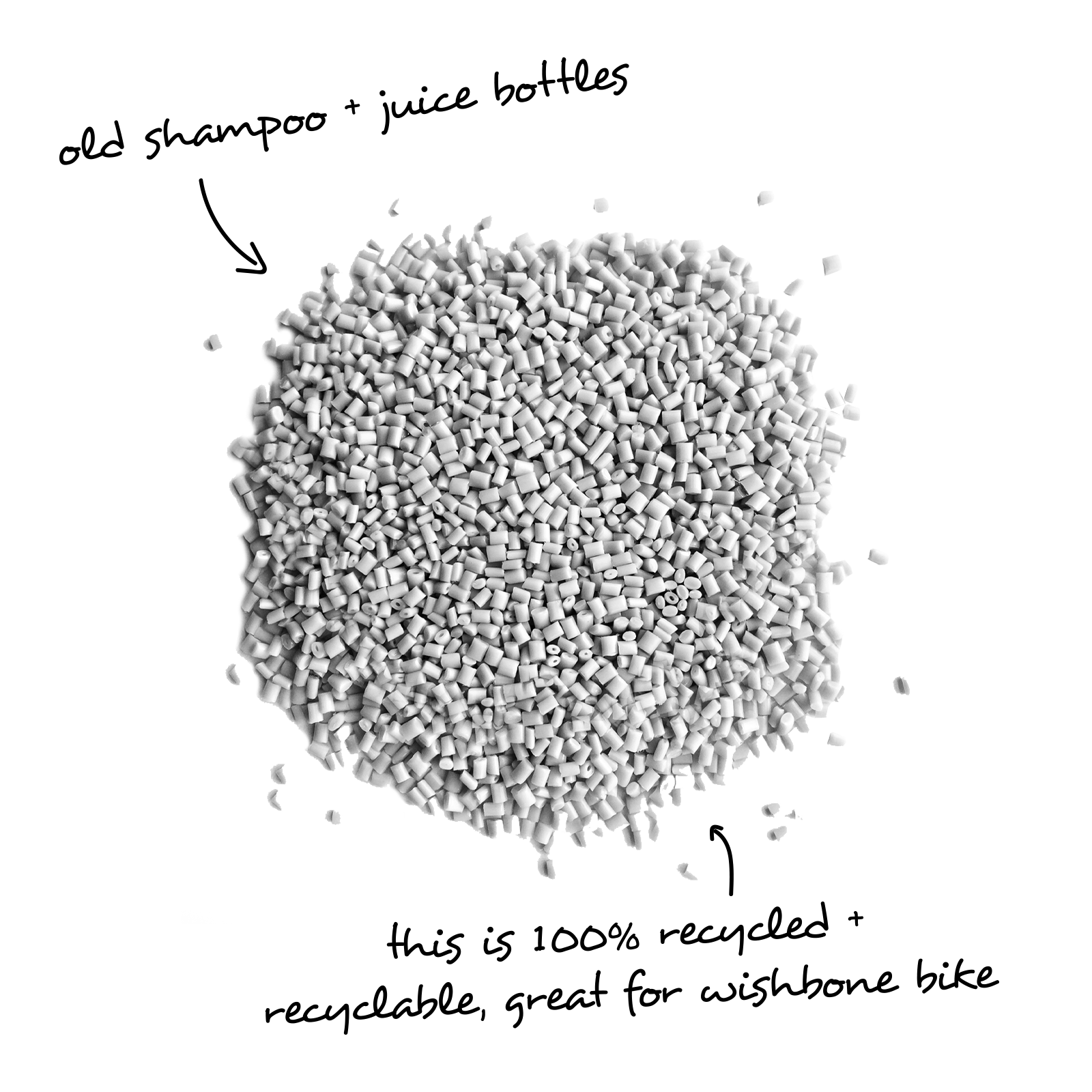
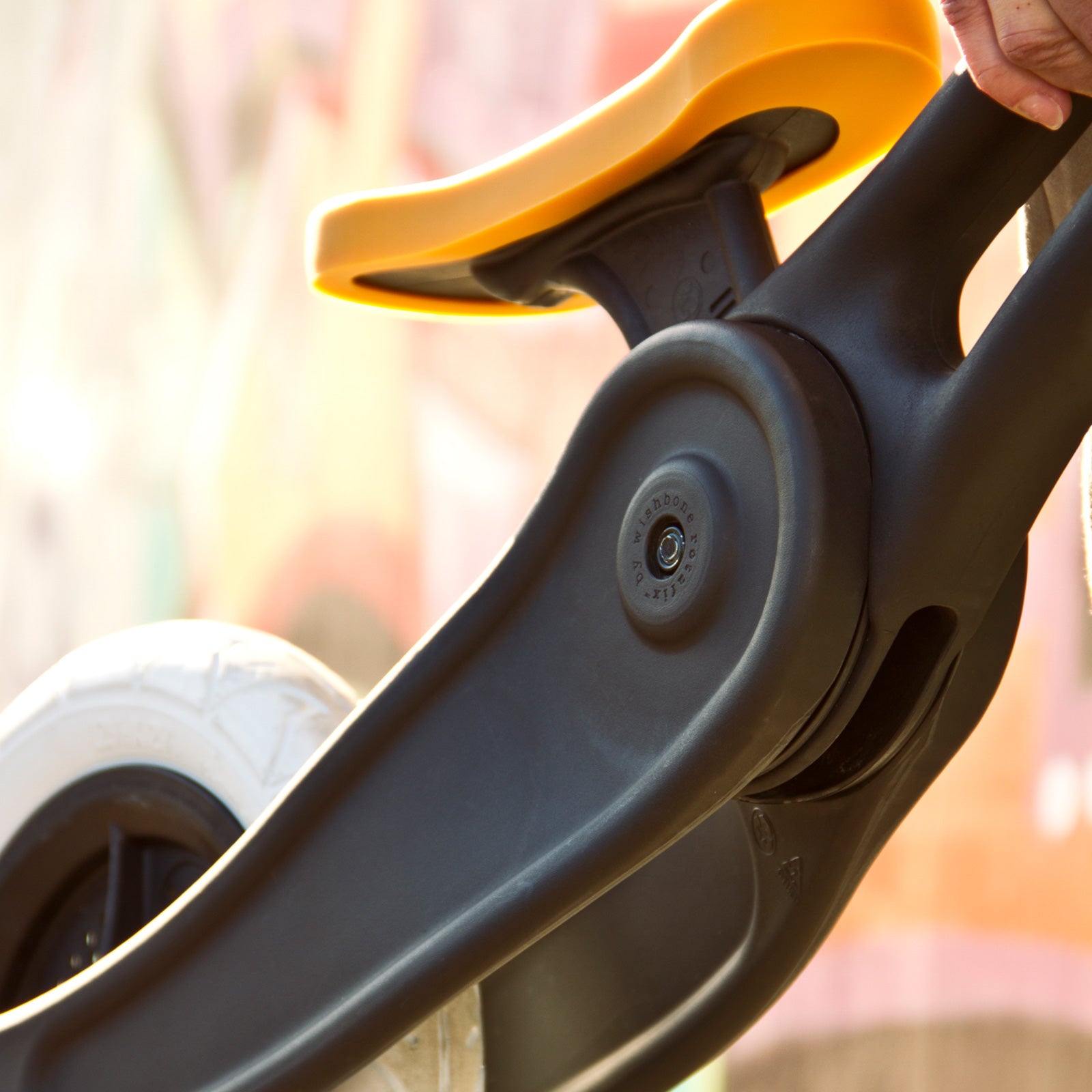

paper or plastic is not so important - knowing your materials and keeping them simple is the key
safe, circular and fit for purpose
Once we know the chemicals we're working with, principle 2 helps us choose materials.
* Safe materials have no negative health or environmental impacts.
* Circular materials either a) come from a waste stream and can form part of a perpetual cycle or b) are renewable and extracted at a rate slower than they can regenerate, while protecting biodiversity and ecosystems.
* Fit for purpose means the material can do its job for the period of time we expect without adding other chemicals - like finishes or additives - just to enable it to work.
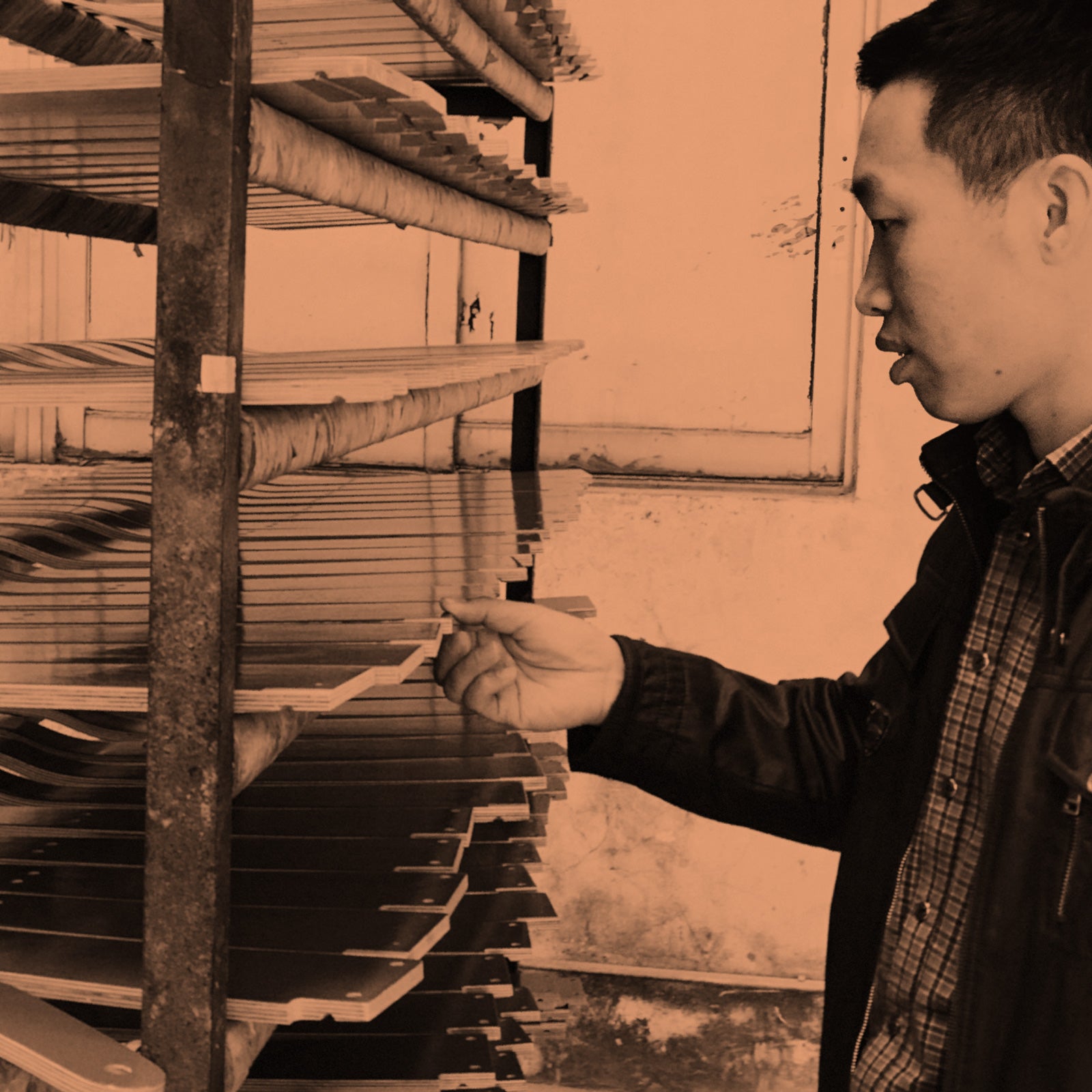

OK, so we need to know what materials we're working with - at a chemical level - and choose appropriate and safe materials from a good source.
Principle 3 is the punchline: We must handle our materials in a way that maintains their value in perpetuity.
This means using the simplest raw materials we can. Not mixing materials, adding labels, or attaching parts that make it hard or impossible to un-mix them. Ensuring they can biodegrade safely. Planning to recover the materials, including designing for easy, quick disassembly.




